July is Berry Month!
Berries, those tasty nuggets of nutrition, provide benefits fresh or frozen (skip the pie filling). Besides the usual ones available in stores, farm stands often have additional types that can provide new flavors. Some are weeds; mulberries, I’m looking at you!
What is a berry?
From a botanical perspective, berries are derived from a single flower containing one plant ovary. They have soft flesh around a naked seed or seeds.
This botanical definition may or may not match the culinary definition of berries, as the botanical berry list includes grapes, tomatoes, cucumbers, eggplants and bananas. These can be further subdivided into true berries, which don’t have a tough outer rind, and modified berries, which do (bananas, squash, citrus).
Which fruits that we commonly call berries aren’t really berries?
Some of our berries are really aggregate fruits, meaning that multiple fruits with seeds from multiple ovaries from a single flower cluster together into a whole. Examples of this would be the mulberries, blackberries and raspberries. Strawberries are also not technically berries; they’re considered accessory fruits as the flesh does not come from the plant’s ovary.
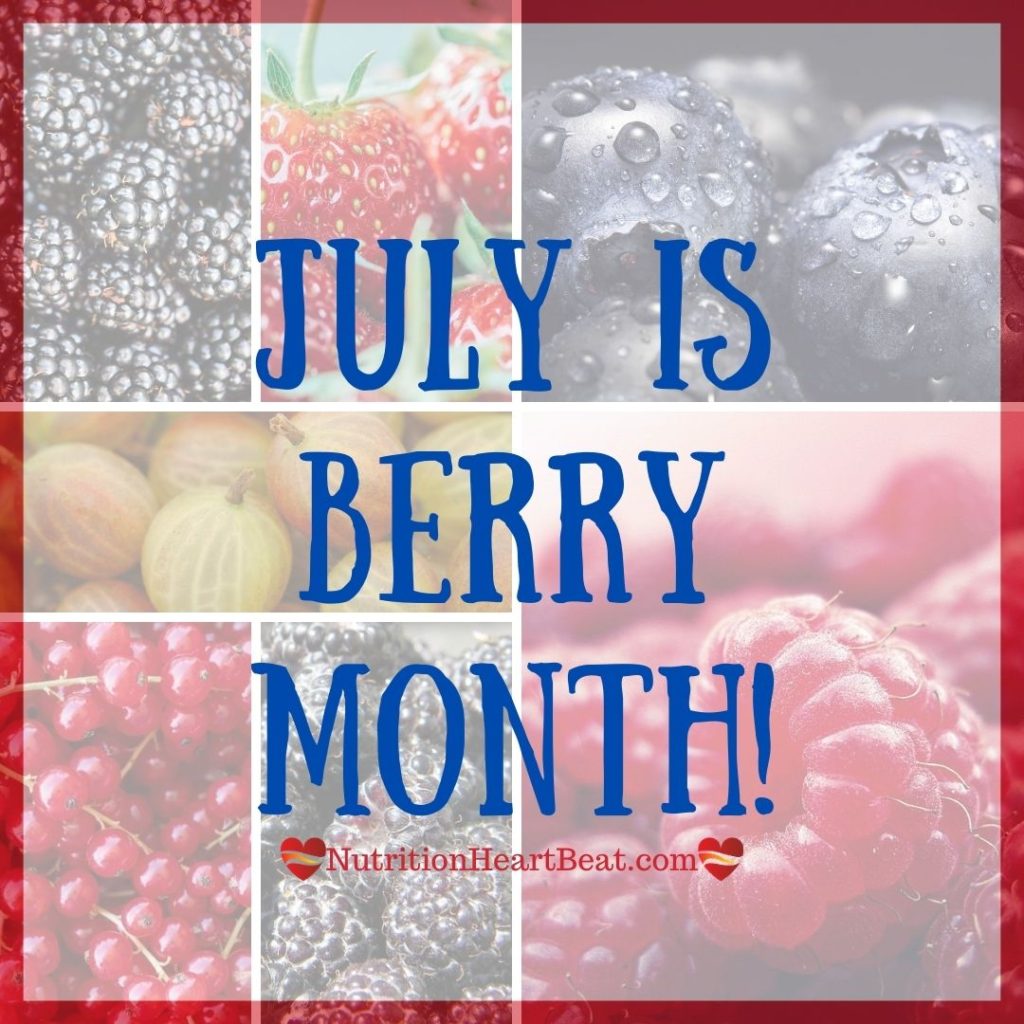
What berries are commonly found in the Chicagoland area?
Many of our favorite fruits have native versions, like raspberries, mulberries and grapes. That being said, humans have been breeding plants for cultivation for thousands of years and there are varieties of most berries that will do well in our climate.
Strawberries, raspberries and blackberries can be purchased easily for home growing. Blueberries require particular growing conditions, so you can find the plants but you need to do some work to keep them happy. Cranberries like a slightly colder climate and require bogs to grow in, so it’s unlikely that you’ll find them nearby.
How can you eat berries?
Fresh is always a winner! It’s hard to beat fresh, in season berries for sheer deliciousness! However, if you have budget or storage concerns, frozen is also good, and frozen berries are fantastic for out of season options.
You can puree them into a smoothie or a bowl, add them into baked goods like blueberry muffins or a berry pie, or put them into vinaigrettes and cocktails. They can be made into preserves, juiced, or frozen for future use. It’s also possible to dry them to put into trail mix and to freeze-dry them. Freeze-dried fruit can be ground up for flavors and colors in other foods.
Are berries good for you?
YES! You should eat them. It doesn’t matter if they’re fresh or frozen. Think fiber, vitamins and minerals to start. Amounts will vary from berry to berry, but they’re generally low in sodium, high(er) in potassium, high in vitamin A and related compounds and in vitamin C (for a diet, see below for supplementation with vitamin C).
How do they work for athletes?
Berries contain carbohydrates and (usually, avocados and olives notwithstanding), very little fat or protein. This carbohydrate is useful for fueling or refueling, particularly refueling after a workout by replenishing glycogen stores and providing energy for repair.1
They also contain a group of compounds called polyphenols, which provide anti-oxidant and anti-inflammatory benefits. Excessive amounts of anti-oxidants, such as vitamin C via supplements up to 1g/day, can limit adaptation to workouts, but getting normal amounts in the diet is beneficial.1,2
These antioxidant and anti-inflammatory results come via activation of the Nrf2 pathway. Additional athlete support comes from improved vascular function from nitric oxide.3 Maximum benefits come from eating the whole fruit as part of a plant-based diet, but some supplementation with polyphenols has also shown effects.4
Berries to try if you haven’t already:
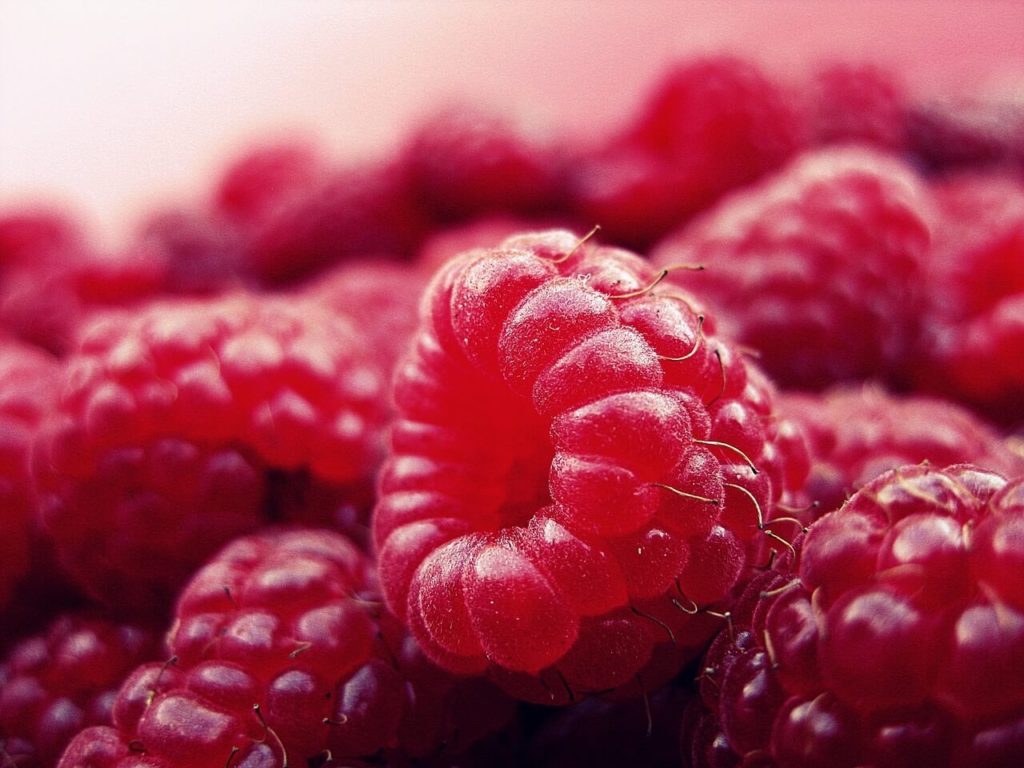
Raspberries that aren’t red. The black raspberries have been showing up in jellies and jams for a while, and in ice cream the last couple of years. There are some purple raspberries, kind of a mix between red and black. And there are also some yellow/gold raspberries that are softer and milder in flavor. Expect these to go quickly.
Blueberries that aren’t blue. There is a pink variety called Pink Lemonade that is delicious.

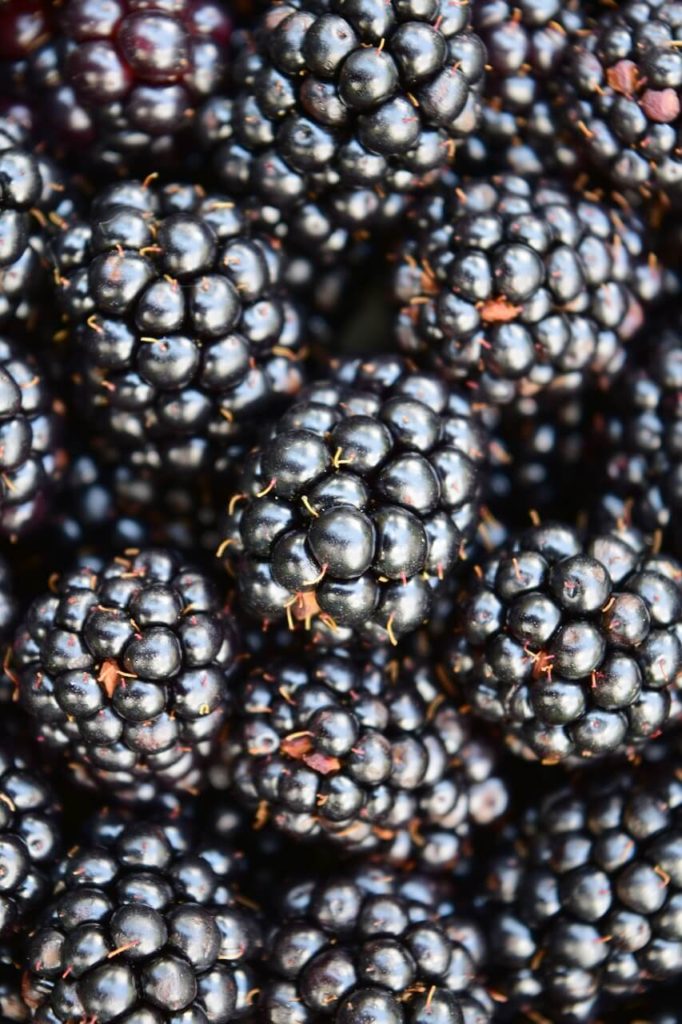
Blackberry relatives. These are often regional. Look for marionberries and olallieberries, boysenberries, salmonberries and thimbleberries at your local markets. In some parts of the country, like the pacific northwest, these berries grow wild. Check to make sure you’re legally able to pick them AND that they’re not sprayed with herbicides before you show up with your bucket!
Gooseberries. These berries are tart and come in green, yellow and red colors. They make a good pie that’s a nice balance of sweet and tart, but they’re not for everyone if you like eating berries fresh.
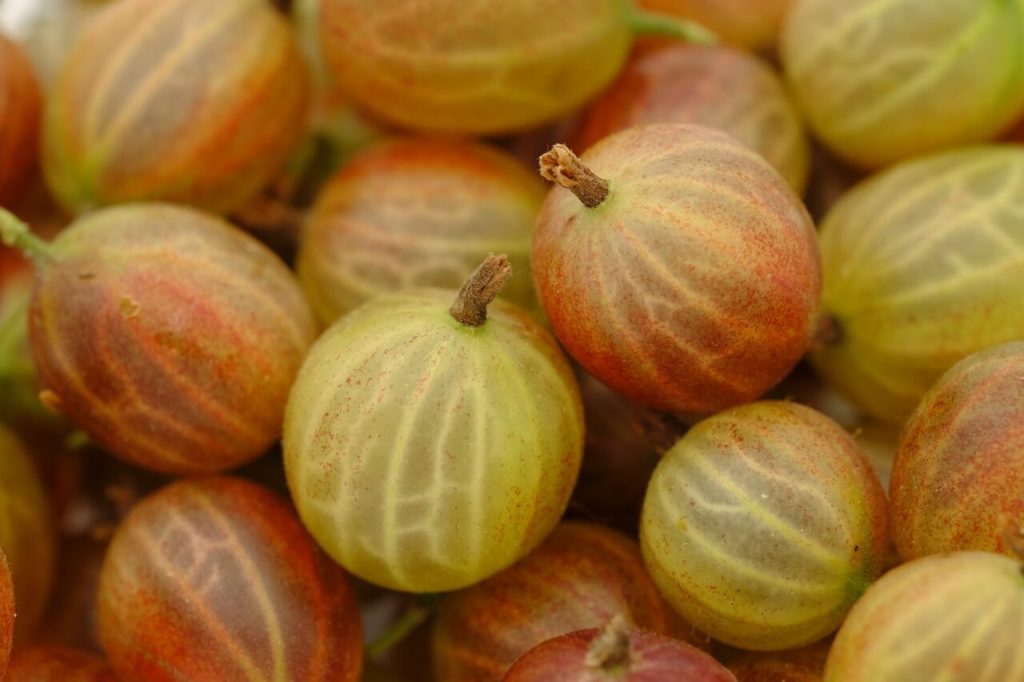
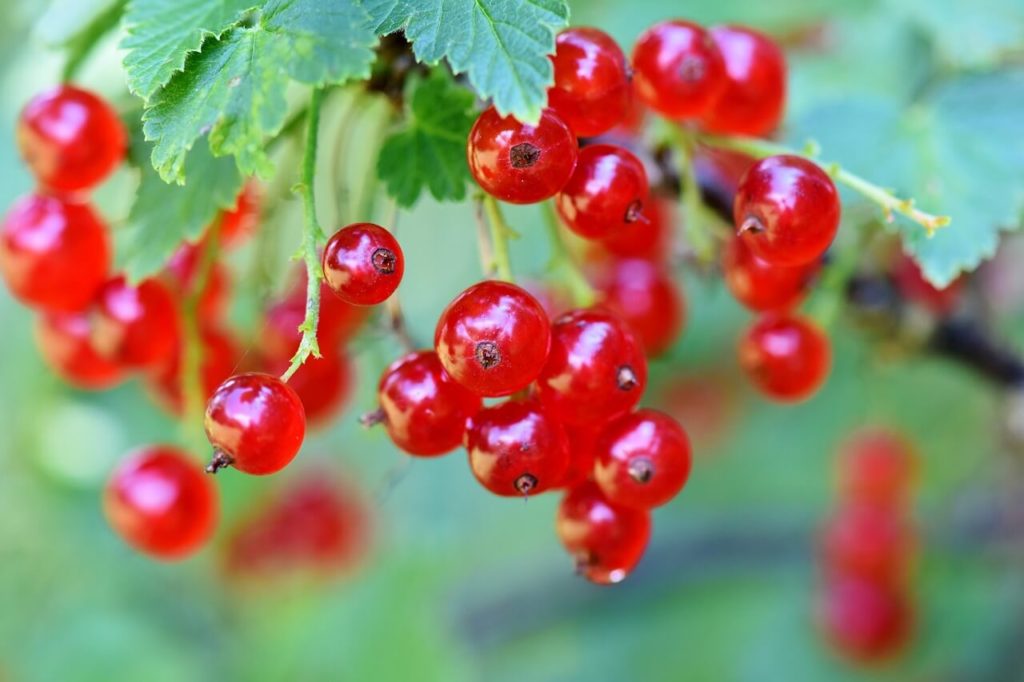
Currants. Okay, so these look like tiny grapes but they’re related to the above fruits. They come in red, white and black colors and deliver a puckering tang to balance their sweetness.
Elderberries. These also come in several colors, but in the Chicago area, the native plant has black berries. These berries MUST be cooked to eliminate cyanide-inducing glycosides. Once you get past that, the fruit is tasty and can be used for juice, preserves and pies.
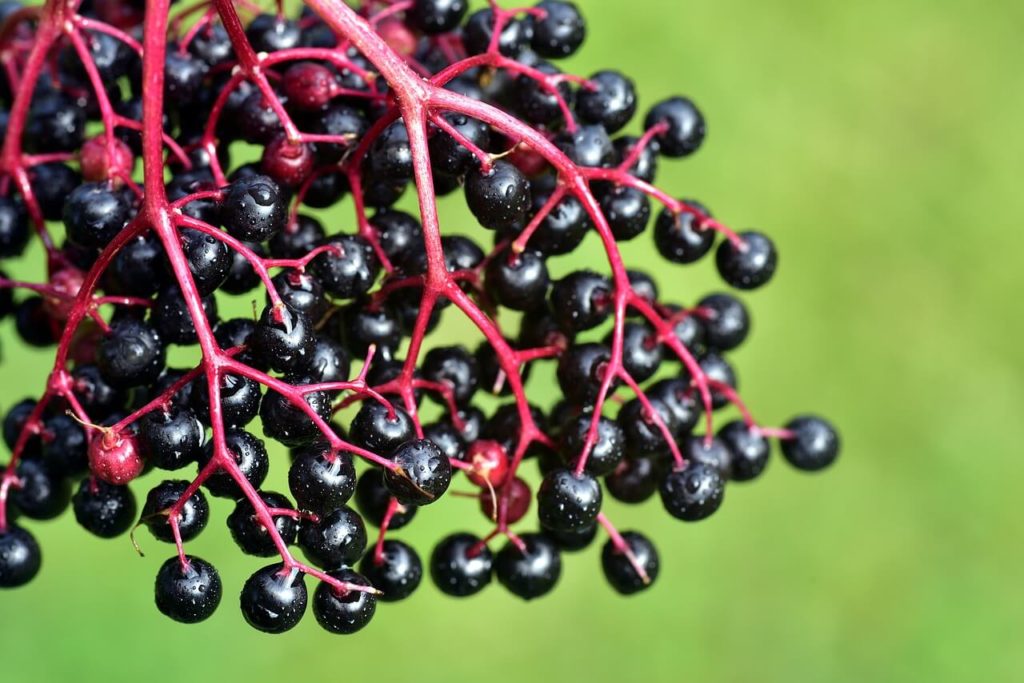
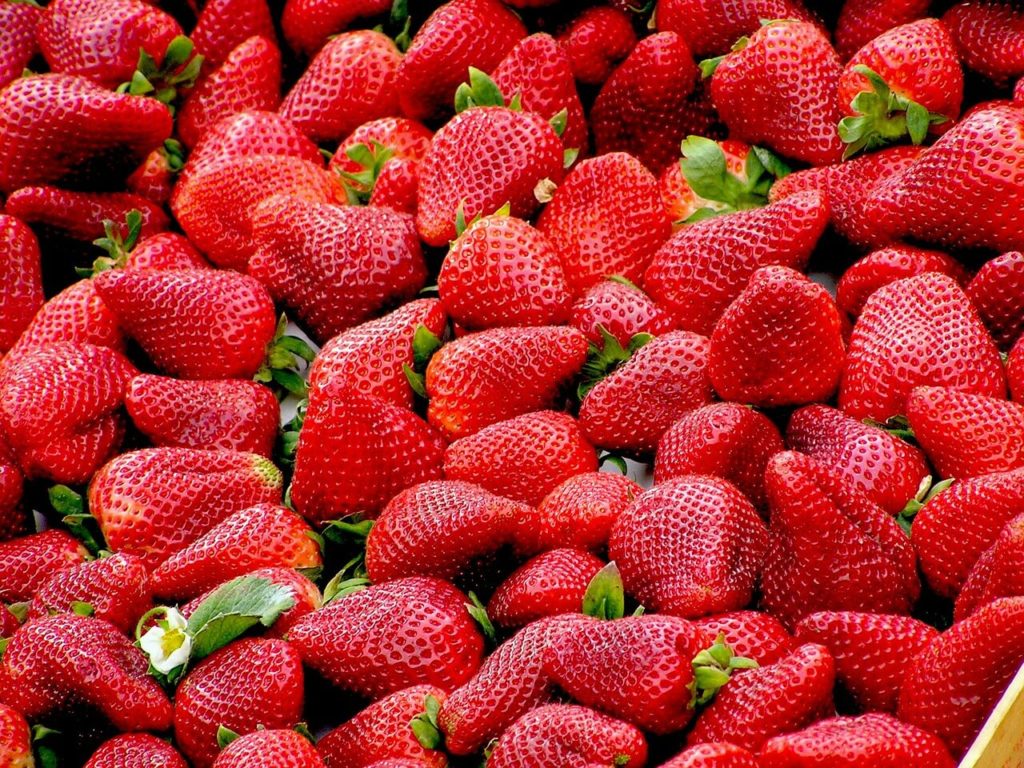
Strawberries. There are some wild strawberries that most people consider weeds and there are some European mountain strawberries that can be purchased from seed and plant websites. Both are tasty, but expect tiny berries. The European berries have a delicious floral flavor.
Mulberries. Mulberries are native to Chicagoland and grow wild in forested areas, hedgerows and that part of the yard you haven’t gotten around to cleaning out since 2014. They’ve got a little tartness when they’re red and purple and a mild sweetness once they’re fully ripe and black.
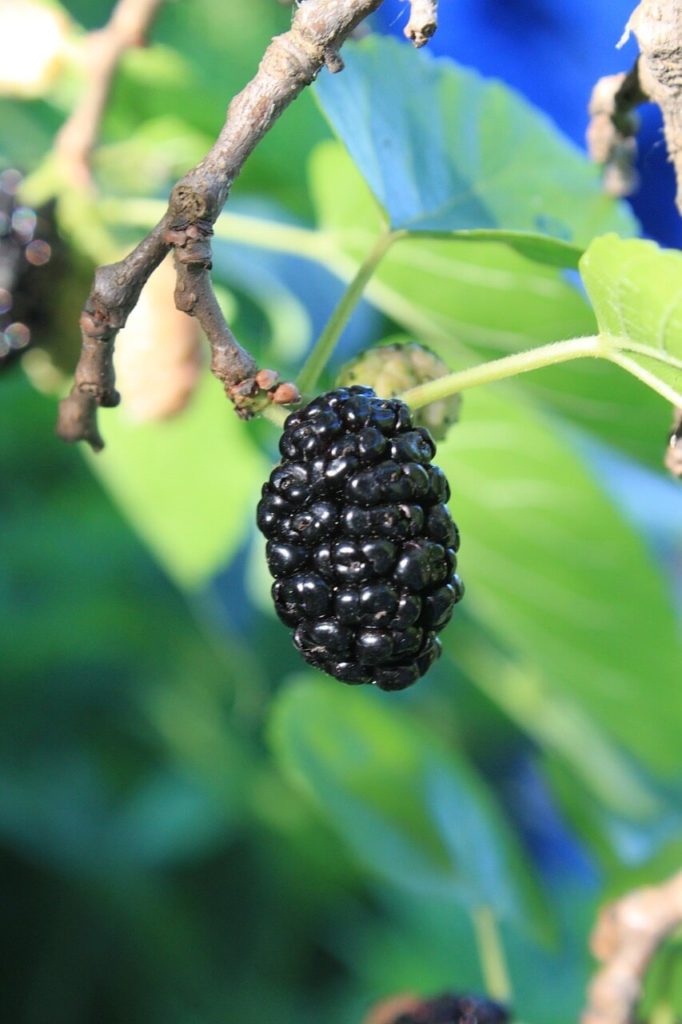
Do you feel that your diet is short on berries? Need ideas for fitting them in and making them work for an athlete on the go? Get on my calendar!
References
- Nieman DC, Mitmesser SH. Potential Impact of Nutrition on Immune System Recovery from Heavy Exertion: A Metabolomics Perspective. Nutrients. 2017;9(5):513. Published 2017 May 18. doi:10.3390/nu9050513
- Braakhuis AJ. Effect of vitamin C supplements on physical performance. Curr Sports Med Rep. 2012;11(4):180-184. doi:10.1249/JSR.0b013e31825e19cd
- Bowtell J, Kelly V. Fruit-Derived Polyphenol Supplementation for Athlete Recovery and Performance. Sports Med. 2019;49(Suppl 1):3-23. doi:10.1007/s40279-018-0998-x
- Barnard ND, Goldman DM, Loomis JF, et al. Plant-Based Diets for Cardiovascular Safety and Performance in Endurance Sports. Nutrients. 2019;11(1):130. Published 2019 Jan 10. doi:10.3390/nu11010130
